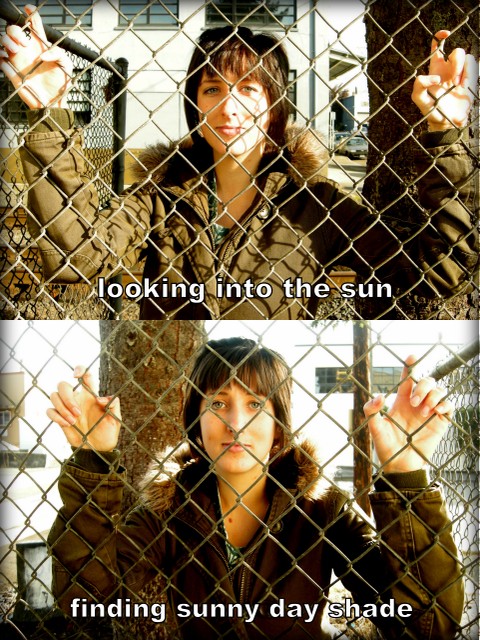 Hey everyone! I am enjoying some time off and putting my friend Laura’s photography tips to good use! She is back with some awesome photos and tips for the outdoors. Don’t forget to check out her site, My Morning Moxie. And Wednesday, Chris reviews the Black Rapid camera straps, our personal favorite, and Black Rapid is giving one away too ($54 value)! Don’t miss it!
Hey everyone! I am enjoying some time off and putting my friend Laura’s photography tips to good use! She is back with some awesome photos and tips for the outdoors. Don’t forget to check out her site, My Morning Moxie. And Wednesday, Chris reviews the Black Rapid camera straps, our personal favorite, and Black Rapid is giving one away too ($54 value)! Don’t miss it!
1. Go for the Gold
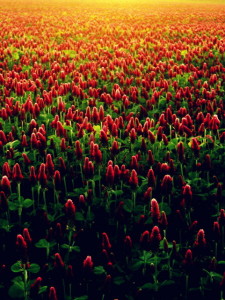 Natural light is one of a photographer’s greatest treasures.
Natural light is one of a photographer’s greatest treasures.
Moving a subject (or yourself) into or out of the light can make all the difference. A squinting subject will be better in the shade, but near the sun. An illuminated tree full of autumn leaves against a shaded background might stand out more. Reflections, shadows, silhouettes and sunbursts can add depth and interest to photographs. Be aware of the sun and use light to your advantage.
For richer photos, shoot in the “golden hour”. This photographer coined term refers to the hour surrounding both the sunrise and the sunset. During this time frame, the light is both warmer and less harsh, which helps to create pleasantly exposed photos and enhanced colors.
2. Layout the Scene
When it comes to shooting outdoors, composition is as important as ever. Bring the viewer into your scene through the way you bring it together..
Finding the horizon can be a helpful tool in building a dynamic scene. In most cases, it will be visually effective to shift the horizon from the center and show more of what is intriguing, whether it is the stormy sky above or the kids playing in a field of flowers in the foreground.
Another simple composition tip is to shift the main subject from the center as well. This guides the viewer’s eyes around the scene and can also help to create a balance with other aspects of the photo such as secondary subjects or the light.
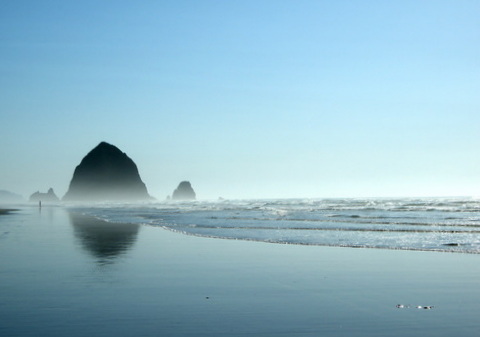 And speaking of light, our eyes will usually be drawn to the brightest area of a photograph. Be aware of this when composing. Pay attention to details. Check for distractions such as reflective light in the background or bright colors in the corner and if you observe interesting details, incorporate them into the composition.
And speaking of light, our eyes will usually be drawn to the brightest area of a photograph. Be aware of this when composing. Pay attention to details. Check for distractions such as reflective light in the background or bright colors in the corner and if you observe interesting details, incorporate them into the composition.
3. “Tri” Different Gear
See what I did there? Can’t say I don’t tri. So punny! Ok, seriously…
For starters, a tripod is a valuable piece of equipment for photography in general and especially for use outdoors. Have you ever found out from your computer screen after vacation that your beautiful mountain lake sunset or close-up flower is not as crisp as you thought it was? I have. Using a tripod or even something steady like a fence or rock will help to beat the blur.
A good flash is incredibly helpful outdoors as well. Using flash during a sunny scene might seem backwards, but it can provide a balancing fill light that gives more details to shadows, whether on a persons face, in a macro scene or in an entire foreground.
Lenses also have to claim their place in the ranks of great outdoor photo gear. Being able to shoot a landscape with a wide-angle lens can make a huge difference. A zoom lens, on the other hand, is what you need to capture things like wildlife that you either can’t (or shouldn’t) get any closer to. Zoom is also helpful in bringing perspective to a scene by isolating subjects and/or drawing them closer.
Practice taking photos with and without tripods, flash and different lenses to learn what a difference they can make.
4. Find Some Perspective
We all have had that desire to capture the grandeur or beauty of nature. I often feel that a manufactured lens will never tell the whole story of what our eyes have seen, but I also believe we can do things to help paint that picture more fully. As mentioned, different lenses can do a lot for a photo. Being able to open up or close in on a scene will aid in finding that real-life perspective.
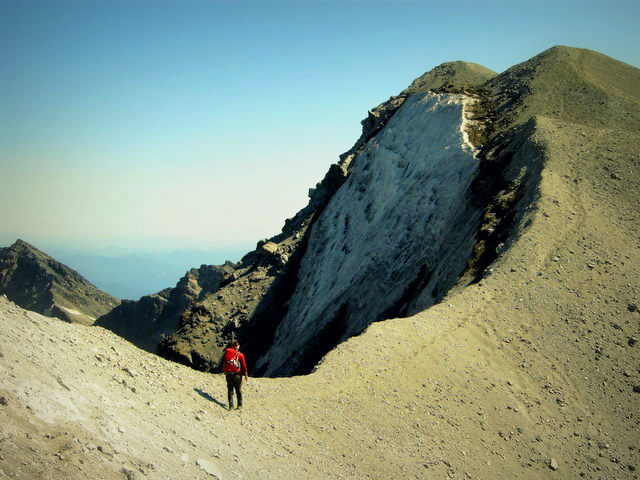 Providing a frame of reference will also make a photo more relatable. A shot of only a mountain says nothing about how large or far away it is, but provide a tree or road (or person, as seen in the shot above) as reference and suddenly there is more to the story.
Providing a frame of reference will also make a photo more relatable. A shot of only a mountain says nothing about how large or far away it is, but provide a tree or road (or person, as seen in the shot above) as reference and suddenly there is more to the story.
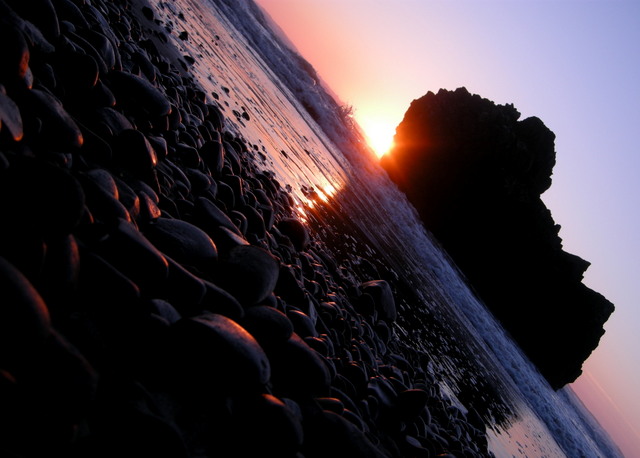 Using unique angles is another way to find some great perspective. Mixing up a composition with the angle can invite a longer gaze which ultimately reveals more about the scene. A sharp angle can also create a shallow depth of field, which has the potential to bring more life to a focal point.
Using unique angles is another way to find some great perspective. Mixing up a composition with the angle can invite a longer gaze which ultimately reveals more about the scene. A sharp angle can also create a shallow depth of field, which has the potential to bring more life to a focal point.
5. Paint a Vibrant Picture
 The colors available in nature are incredible. Seek them out and capture them.
The colors available in nature are incredible. Seek them out and capture them.
Obviously, color has everything to do with light. Muted, indirect and “golden hour” light will help intensify color. Playing with exposure is also a way to lighten or deepen the way colors appear.
Look for complementary colors, patterns and textures or unexpected pops of color to add vibrance as well. Sometimes eliminating color altogether can bring more drama to a photo than the color itself ever could.
I once dedicated a week of my photo blog to black and white photos of fall foliage and was pleasantly surprised by the results. Experiment with black and white photography and you will learn more about contrast, color and photography in general.
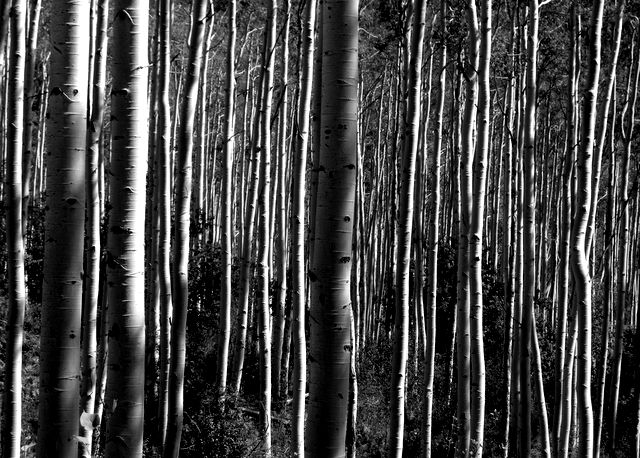
6. Don’t Forget the Basics
Once again, an understanding of exposure, your camera features and other basic photography tips is crucial. Knowing which focus setting to use for close-up versus a far away shot or how to take a clear photo in low light will help to make your outdoor photos more beautiful. Check out the previous posts that contain more information about basic photo tips, great family photos and taking photos of kids.
Now gear up, grab the sunscreen and enjoy photographing in and loving the great outdoors!
That’s my perspective.
*This work is licensed under a Creative Commons Attribution-NonCommercial-NoDerivs 3.0 Unported License.

